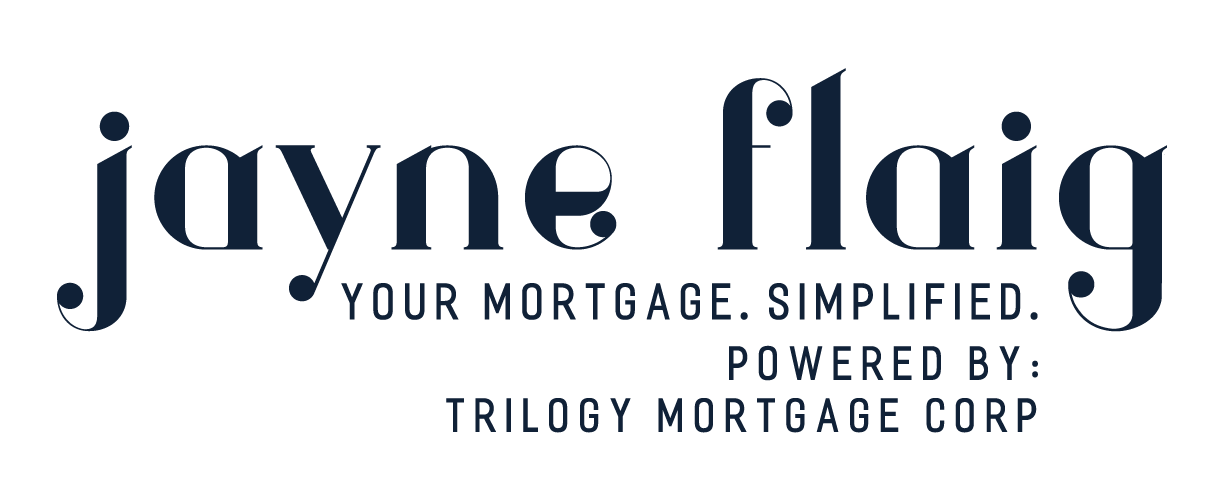How are fixed mortgage rates set?
Bond Yields have been quite volatile this year and as a result so have the fixed rates...HOW does it all work?
Bond yields and mortgage rates are closely related because they are both influenced by similar economic factors, such as inflation and economic growth.
In simple terms, a bond is a debt security that an investor can purchase and receive regular interest payments. The yield on a bond is the rate of return the investor can expect to receive on their investment.
Mortgage rates, on the other hand, are the interest rates that lenders charge borrowers to take out a home loan.
When bond yields go up, mortgage rates tend to follow suit. This is because as bond yields increase, investors demand higher returns on their investments. Lenders then raise mortgage rates to compensate for the increased cost of borrowing money.
Similarly, when bond yields go down, mortgage rates tend to decrease as well. This is because investors are willing to accept lower returns on their investments, so lenders can offer lower mortgage rates to borrowers.
So, to sum it up, bond yields and mortgage rates have an inverse relationship. When bond yields rise, mortgage rates tend to rise, and when bond yields fall, mortgage rates tend to fall as well.
